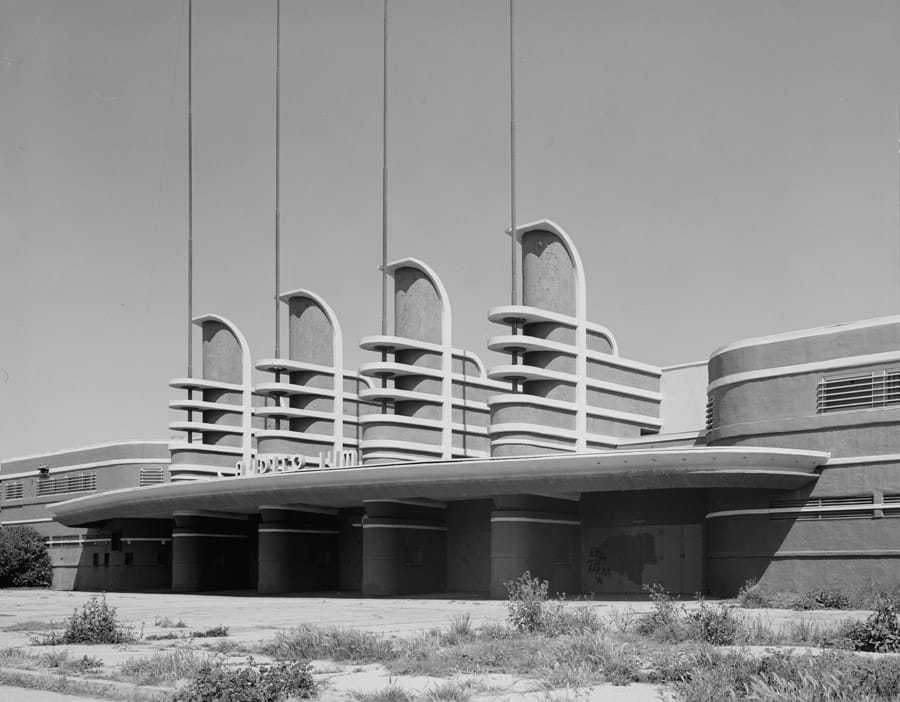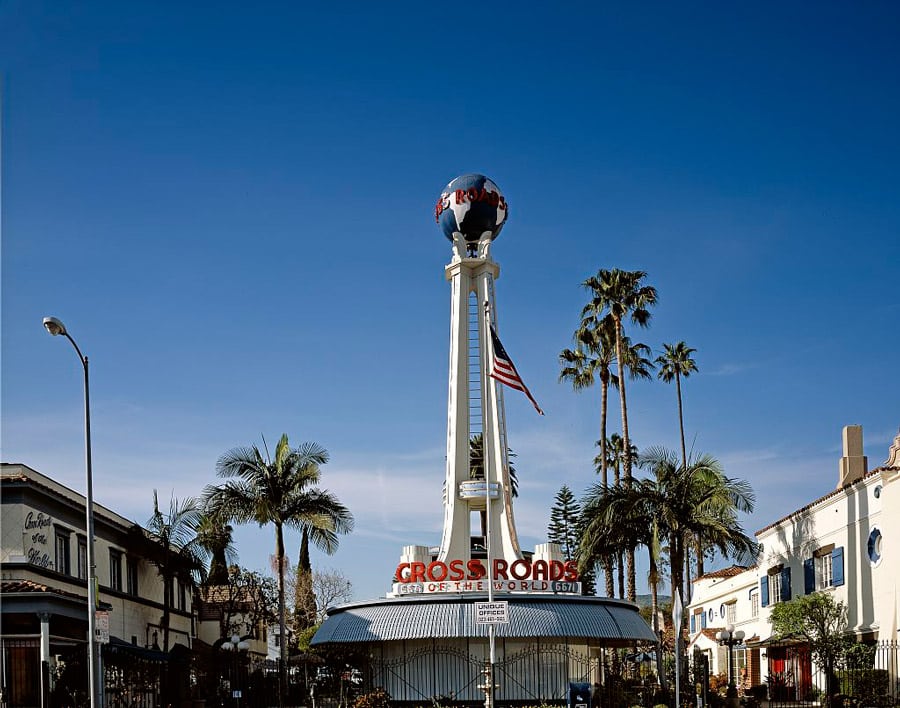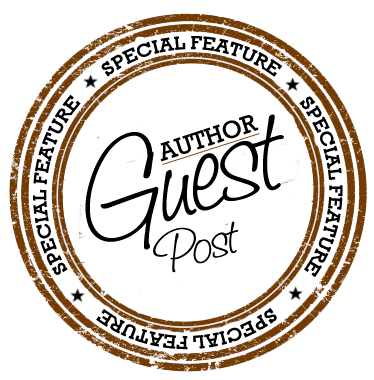From the Disney Parks Blog and written by: Jeff Kurtti
Two beloved boulevards are celebrating anniversaries this year at Disney’s Hollywood Studios.
Thirty years ago, the glamorous entry to an all-new Disney park “…dedicated to Hollywood,” as the opening day plaque reads, “not a place on a map, but a state of mind that exists wherever people dream and wonder and imagine, a place where illusion and reality are fused by technological magic” was represented by a bustling city street of stores and services, “a Hollywood that never was—and always will be,” as the dedication concluded. This was (and is) Hollywood Boulevard.
Debuting on May 1, 1989, Disney’s Hollywood Studios (originally Disney-MGM Studios) was the third theme park to open at Walt Disney World (after the Magic Kingdom in 1971 and Epcot in 1982). Originating in a concept for an entertainment-themed Epcot pavilion, the idea was expanded into its own park, which now occupies more than 135 acres.
“Hollywood is certainly a place,” says Martin Turnbull, author of the Garden of Allah series of Hollywood historical novels, “but to a worldwide audience, in many ways it is a shared historical fantasy. It’s based in reality, but we have romanticized it into what we want it to be, and need it to represent.”
The Disney Imagineers relied on those ideas—both history and cultural memory—in their design approach to Hollywood Boulevard. “The entry to the park itself is a kind of ‘Main Street, USA’ of early 20th Century Southern California,” says Vanessa Hunt, co-author of Poster Art of the Disney Parks. “It evokes the era and the locale skillfully, just as Main Street evokes the turn of the century hometown America.”
Left: Pan Pacific Auditorium, Los Angeles, c. 1975. Photo by Marvin Rand, Historic American Buildings Survey. Public domain.
Right: Robert Derrah’s 1936 Crossroads of the World was Hollywood’s first shopping center. Library of Congress, Prints & Photographs Division, photograph by Carol M. Highsmith [LC-HS503-447]
Most guests will likely never know the specific buildings being represented, but it’s a loving and remarkable gallery of historic architecture. The park gateway, for instance, is based on the 1935 Streamline Moderne Pan Pacific Auditorium façade in Los Angeles, and the entry plaza souvenir and information building is a reproduction of the 1936 Hollywood historic landmark Crossroads of the World.
Down the street, real structures that still stand in Hollywood are paid tribute, including the corner entry of Mickey’s of Hollywood, based on the 1926 Baine Building at 6601 Hollywood Boulevard (named for the businessman who originated the Hollywood Christmas Parade), and Keystone Clothiers (named for the early Hollywood studio of Mack Sennett) is based on the 1933 Owl Drug Company building at 6382 Hollywood Boulevard.
Other buildings around Los Angeles also provided inspiration, Trolley Car Café, the former location of L.A. Prop Cinema Storage, is derived from the 1907 Mission Revival style Ivy Substation in Culver City, and Adrian and Edith’s Head to Toe (named for costume designers Adrian, and Edith Head) is styled after the Chapman Park Market Building at 3451 West 6th Street in Los Angeles.
Like a beloved movie you’ve seen a dozen times and would still watch a dozen more times, every visit to Disney’s Hollywood Studios can reveal more fascinating detail, another layer of sophisticated storytelling, and the pure pleasure of discovery.
In a future post, a right turn off of Hollywood Boulevard will take us on an exploration of more Tinseltown history, on Sunset Boulevard at Disney’s Hollywood Studios.
- 4 Imagineering Innovations that Changed Disney Parks - April 22, 2024
- Wild Stats About Disney Conservation & Animal Care - April 22, 2024
- Seven Seas Food Festival 5K Run May 4, 2024 - April 19, 2024







